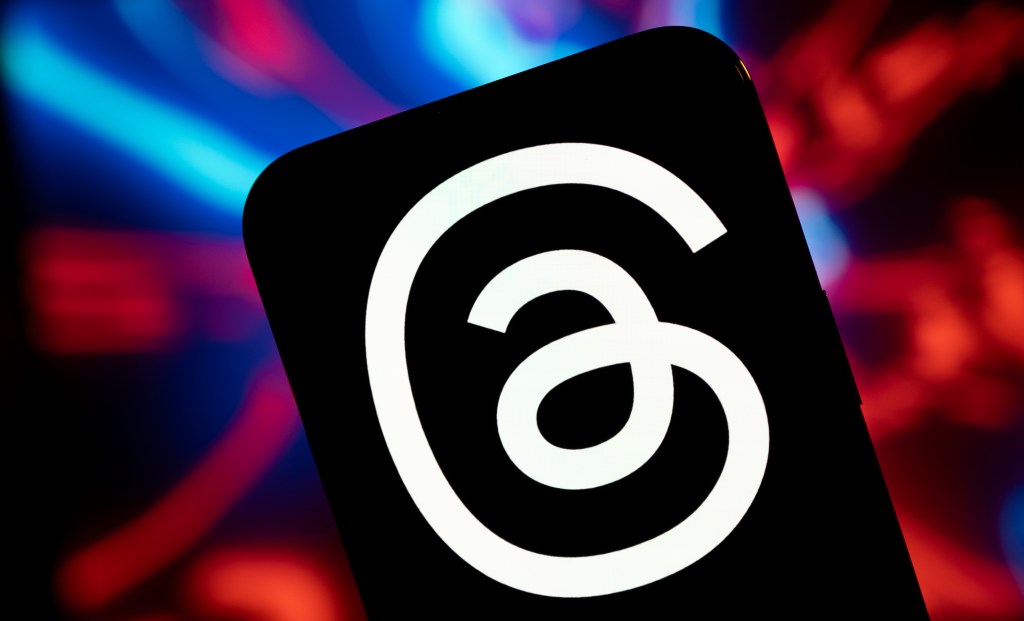Joe Procopio
More posts from Joe Procopio
Three million dollars. That’s the largest amount of money I’ve ever walked away from in terms of a customer contract that I decided we shouldn’t take.
It sucked. It was, at the time, more than half of the total amount of funds we had raised and it also represented just a shade more than the previous year’s revenue. It was a Fortune 500 company and the market leader in their industry. This was pocket money to them — which was part of the problem.
Good entrepreneurs spend a lot of time worrying about customers. We worry about the customers we have, the ones we don’t have, the ones we lost, and the ones we’re in danger of losing. We worry so much about where the next customer is going to come from that we never think twice about whether we should take on, or keep, a customer that’s more trouble than they’re worth.
The customer is king
As entrepreneurs, we need to be unflinchingly customer-first. We are the drivers, but the customers are holding the map. We should spend copious amounts of time listening, usually through data, to figure out our next move. We should know the risks when we go off-road, not only the setbacks that come with making the wrong choice, but the fact that we’ll hear about it from all sides until we right the ship.
We also need to understand that our customers aren’t just numbers. We should read, listen to, and approach with an open mind every shred of feedback we get from a customer. We should have customers who sometimes can’t pay us, we should have customers who can’t afford our product. It’s good business sense, but it’s also just good.
You can usually tell how well a company is doing by how they treat their customers. Almost without exception, a company that treats its customers poorly is likely doing poorly itself. A company that’s really doing well will usually treat their customers well.
The corollary, however, is not true, and this is where it gets tricky. Just because a company bends over backwards for its customers doesn’t mean the company is doing well. It could even be failing, and scrambling. This scenario is what some customers, the larger and deep-pocketed ones especially, tend to take advantage of.
Startups need their customers, customers do not need our products. There is no getting around this. So 99% of the time we will do whatever it takes to keep a customer happy. But that other 1% — we need to treat that like a ripcord on an ejection seat.
Why cut a customer loose?

I will always bend over backwards for a customer. But I won’t break. Because I’ve done that before.
I’ve lost great employees because of shitty customers. A bad customer who spends a lot of money requires we put our best people on them. Anybody can deliver a great product to nice, grateful people, but only the very best can withstand the brunt of a needy, demanding, and hostile customer. Even the most skilled and patient employees can only stand so much.
And while any leader can lose a small chunk of revenue and live to fight through another board meeting, we all tighten up a little walking away from big money. When I said no to $3 million, it wasn’t seen as a hero move, at the time or afterward. I’m also pretty sure I burned a relationship with one of my salespeople over the potential commission.
I’ve lost sleep and my health and almost my sanity because of nightmare customers. Again, as entrepreneurs, we have to be able to eat whatever and smile. I can do that. But watching arrogant people make the same mistakes over and over and put the blame on my company, my product, or me personally, that’s enough to drive me to a nervous breakdown.
I called my wife at lunch once about 15 years ago, probably for the 20th time in a three-month period to freak out about such antics from the same customer. She said, “Go in there and tell them your boss is calling you back to the home office.” I said, “I don’t have a boss.” She said, “Yeah you do.”
This is not a confessional. I’m not here to whine. I just want to make sure you know that I’ve been there and made the mistake of keeping a high-paying, high-pressure customer on board because I was afraid of losing them.
When to cut a customer loose
Many years ago I realized that I’d lost other, better customers because I was afraid of losing one horrible customer. This is the thing we shouldn’t do.
It goes back to that one time I lost the handle on my company because of one awful customer. This customer was willing, almost out of the blue, to work with me to customize my product and spin it out into a program that they, and probably a hundred companies like them, would use in a similar way.
It’s what a lot of entrepreneurs dream of because it’s usually the first step to acquisition. It’s glorious, as long as we know, which I do now but didn’t then, that we can’t alienate our base to serve the needs of one big customer.
It sounds like a simple promise to keep, but it will sneak up on us. We’ll slowly but surely reprioritize the features and shift the roadmap and tweak the use cases to meet the whims and desires of the one customer until we evolve our product into something that is no longer optimally serving the rest of our customers.
Of course, we can fork our code base, literally and figuratively, but then we end up splitting our time and resources between two code bases, then two products, then almost two different companies.
And in the true spirit of a cautionary tale, I wasn’t getting paid to hash out the new model, design, or development. Instead, while we worked together on the new product, we concurrently drew up a partnership contract for the spin-out, tied to investment and a new licensing structure.
Then one day, about four months in, the customer decided they didn’t want to do it anymore, and they walked away with all of the nonchalance of a company who had been spending a fraction of a percent of their R&D budget. It took me about nine months to recover all the business I had put on hold chasing this dream/nightmare.
We’ve all been there, banging our head against the wall to make something work and realizing we’re not even looking in the right place. In coding, it might be staring at the same function for hours when the error is actually in another function.
In business, it’s wasting all our time fighting a big fish when some minor move far away from this customer could maybe lead to 10 times the revenue. When you feel that feeling, it’s time to cut them loose.
But not always
The $3 million customer we walked away from had already shown a huge lack of respect in the contract negotiations, all of it coming from the “we’re big, you’re not, this is how we do things” playbook. And that’s OK. That’s actually kind of par for the course.
What I couldn’t get past was the sense that we’d be reinventing our product to do things it wasn’t currently doing, wasn’t meant to do, and ultimately probably wasn’t going to be very good at.
However, not long after that, I played the exact opposite role for a similar but smaller customer who was just as difficult to deal with but wasn’t asking us to reinvent, just tweak a bit here and there. Furthermore, their difficulty wasn’t rooted in a lack of respect so much as a lack of knowing exactly what they wanted.
That’s actually not a bad customer. They weren’t a great customer, but if every customer was great, startups would be easy. So we should be very mindful when making a distinction between a good, bad, and nightmare customer, and cut very carefully when we do.
But make no mistake, if we don’t ditch those very rare nightmare customers they might very well haunt us all the way to the end.































Comment